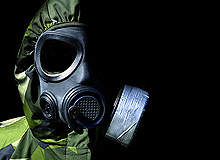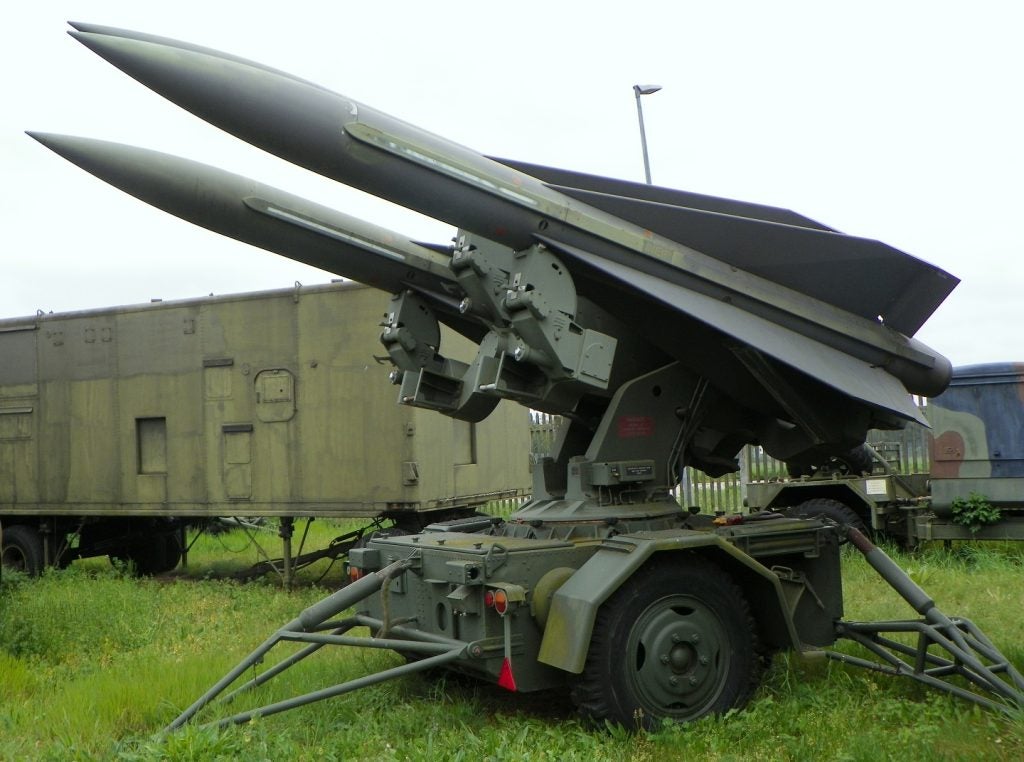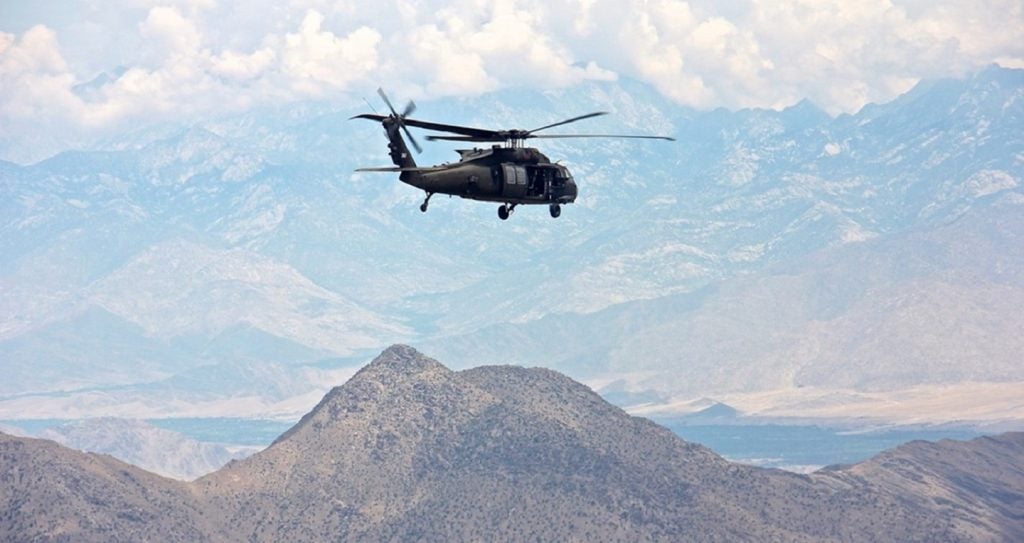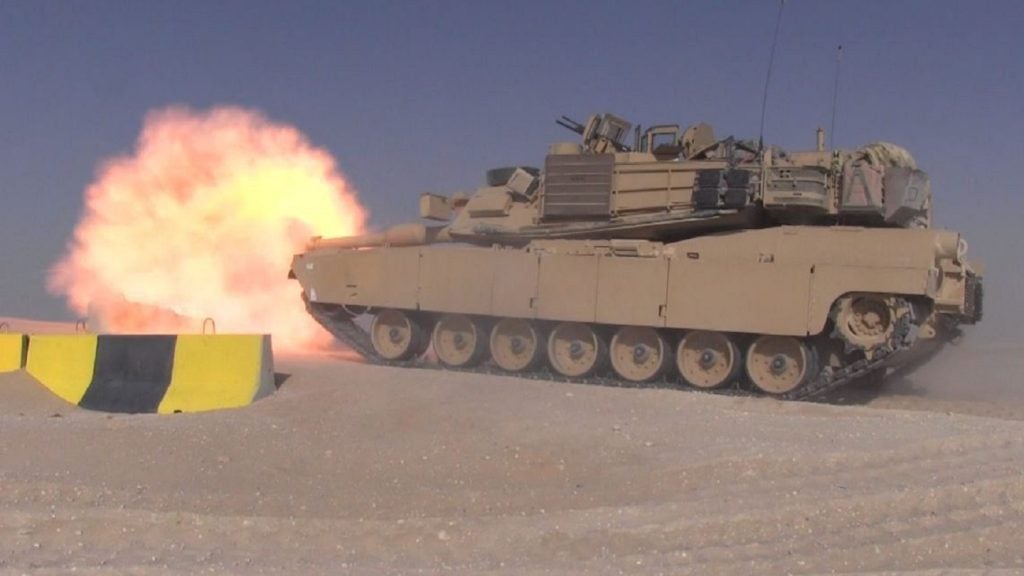
With budgets under scrutiny throughout the defence industry, CBRNe research and procurement has not been able to escape the spectre of swingeing cuts in government spending.
Despite this, defence agencies and their suppliers are finding new ways to counter the ever-present threat of a CBRNe incident.
The series of events collectively known as the Arab Spring have recently heightened concerns that dictators clinging to power may resort to using chemical weapons to quell public uprisings.
So far, this appears not to have been the case, but the international community is watching closely Libya’s stockpiles of precursor chemicals, such as mustard, which could potentially be turned into weapons.
As the popular revolt continues, Colonel Gaddafi has not yet resorted to these methods, and with Nato reporting just 14t of precursor chemicals in the country, it appears that he does not have the ability to do so – at least for now.
See Also:
Eye on the horizon
Despite this, concerns remain within the international community, and with major events such as the London 2012 Olympics on the horizon security forces are likely to remain acutely aware of the possible threats posed by CBRNe attacks. To counter this, the security provider for the Olympics has been awarded a £25m contract to provide baggage, vehicle and personnel screening at the events. Working with the Home Office, several police forces, the fire brigade, the Department for Transport and the Olympic executive, the company aims to ensure the hundreds of thousands of spectators and athletes will be able to enjoy the games in safety.
How well do you really know your competitors?
Access the most comprehensive Company Profiles on the market, powered by GlobalData. Save hours of research. Gain competitive edge.

Thank you!
Your download email will arrive shortly
Not ready to buy yet? Download a free sample
We are confident about the unique quality of our Company Profiles. However, we want you to make the most beneficial decision for your business, so we offer a free sample that you can download by submitting the below form
By GlobalDataIn the US, the Defense Threat Reduction Agency has recently signed a $600m contract with the sole purpose of countering the threat of unconventional attacks. The contract was awarded in April 2011, with work due to start in October and continue until 2016. It will support research, design, integration, testing and evaluation of counter WMD and non-proliferation technologies for the full spectrum of CBRNe weapons.
Alongside this, the US Army Reserve has also been testing its CBRNe preparedness.
Conducted across five states, Exercise Red Dragon 2011 took place in June with the intention of training soldiers to assist local authorities should a large-scale CBRNe attack take place on US soil. This will be followed in August by a similar operation by the US Army proper to train the 5,200-strong Defense CBRN Response Force in incident response procedure. This force has been enlarged from the original 4,500-person CBRN Consequence Management Response Force, illustrating US lawmakers’ commitment to this field of defence spending. The training will enable participants to provide rapid life-saving response in the event of an incident.
Scanning technology
Aside from the training being devoted to CBRNe preparedness and response, new technologies are also making the task of prevention and response an easier one.
One of the most high-profile innovations of recent months has been the development of bottle scanners that allow passengers to take liquids on-board flights for the first time since 2006.
The technology utilises multispectral analysis of X-rays to detect any potentially harmful liquids that could be used as a weapon.
This development follows the widespread adoption of shoe-scanning technology at airports. As many as 12 companies have developed devices that are competing for a place in airports around the world. Each is designed to detect metal and other possible bomb constituent components without travellers having to remove their shoes, as would normally be the case during the security process.
Researchers at Illinois University have gone one step further than the current generation of scanners by creating a sensor that detects TATP (triacetone triperoxide), a common agent used in explosives. Standard technology struggles to detect the presence of TATP because it does not fluoresce under UV light or ionise easily. The new technology uses a small sensor the size of a stamp, whose pigments change colour when detecting TATP.
These efforts and investments all point towards an industry that is striving forward, despite budget cuts. As long as these non-conventional threats remain, the industry will continue to plan against them.
This article was first published in our sister publication Defence & Security Systems International.







